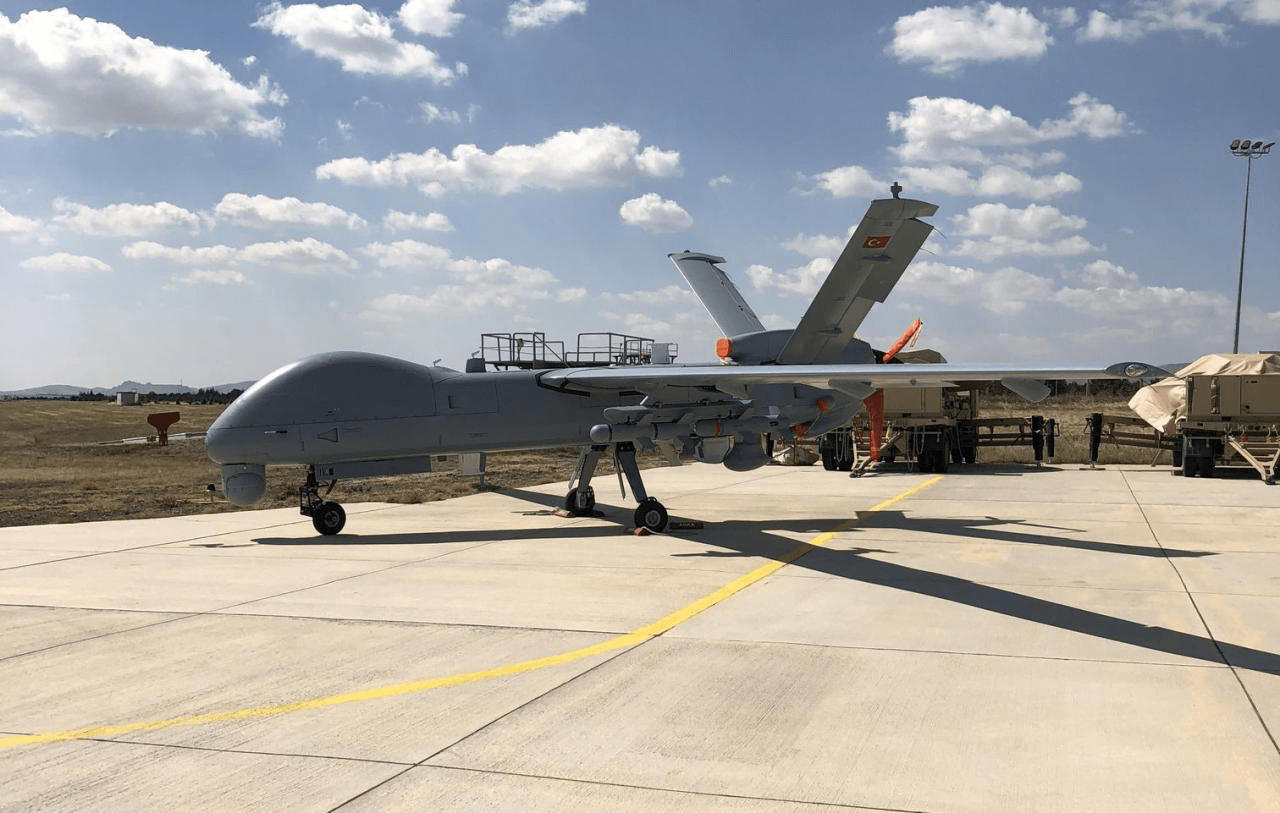As the name suggests, an aerospace radome is a type of radome used in aviation and space applications. Planes, spacecraft, and even satellites require an aerospace radome to protect their equipment from outside conditions.
The term “aerospace” refers to the entire atmosphere and outer space. The commercial, industrial, and military applications of aerospace activity are numerous. Aeronautics and astronautics are two disciplines within aerospace engineering. Aerospace firms create, design, build, operate, and maintain aircraft and spacecraft.
The beginning of space and the end of the air are considered to be 100 km (62 mi) above the ground, based on the physical explanation that air pressure is too low for a lifting body to generate meaningful lift force without exceeding orbital velocity.
Aerospace manufacturing is a high-technology industry that produces “aircraft, guided missiles, space vehicles, aircraft engines, propulsion units, and related parts”. The majority of the industry is focused on government work. The US government has assigned a Commercial and Government Entity (CAGE) code to each original equipment manufacturer (OEM). These codes aid in the identification of each aerospace manufacturer, repair facility, and other critical aftermarket vendors.
Aerospace Radomes on Planes
On a plane, aerospace radome assemblies shield the weather radar, which is housed on the nose of an aircraft. Weather radars operate at specific frequencies, which the radome assembly must allow to pass through effectively in order for the equipment to function properly.

Hail, bird strikes, and impact damage from ground structures such as hangar doors and maintenance equipment can all cause damage to radomes. Any damage to the radome allows moisture to enter the layers of fiberglass, preventing the specific frequency(s) from reaching the weather radar. The transmissivity/transmission efficiency test determines how effectively the weather radar transmits and receives electromagnetic activity.
Aerospace Radomes on Spacecraft
It might not be surprising to know, but there are radars in space as well. You know what that means, space radomes. A space-based radar, also known as a spaceborne radar, is a radar that operates in outer space; an orbiting radar is one that is in orbit; and an Earth orbiting radar is one that is in geocentric orbit. A number of Earth-observing satellites, including RADARSAT, have used synthetic aperture radar (SAR) to collect terrain and land-cover data. Space is an extreme environment and satellites are delicate and precise pieces of equipment.
Space is full of debris and stardust that pose a serious threat to various spacecraft. One of them being satelites. The satellite “MAVEN” launched in 2013 to monitor Mars for example, consists of an antenna and an aerospace radome assembly.

The high-gain antenna on MAVEN must maintain a consistent temperature while the spacecraft experiences large temperature swings from being exposed to the Sun or in the eclipse behind Mars for optimal performance. An aerospace radome blanket covers the large antenna to maintain a consistent temperature range. The radome, like the blanketing material that covers the spacecraft, is made of very thin germanium-coated black Kapton film. other radomes: Meteorological Radomes

